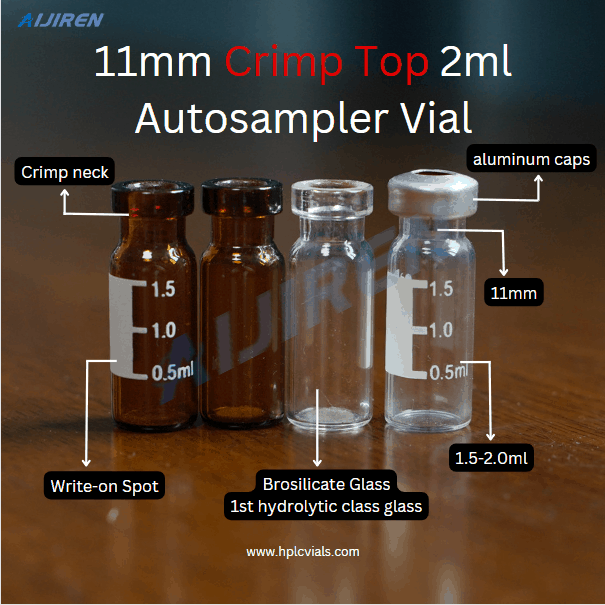Common HPLC Problems & How to Deal With Them ?
The high-performance liquid chromatography (HPLC) system is widely used in the analysis and preparative purification process in pharmaceuticals, flavors, and fragrances. Common HPLC system includes analysis HPLC, semi-preparative HPLC, and preparative HPLC. Detectors include UV detector, VIS-UV detector, DAD detector, RID, and fluorescence detector. The flow rate is from 1-3000ml/min. Device configuration is depending on actual needs.
Despite advancements in HPLC methods and technology, there are still issues that can rear their ugly head when using an HPLC system. Keep reading to find out the most common HPLC problems and how to deal with them.
Here are the common problems, possible causes, and solutions for the HPLC system.
Continued High Pressure
Typical reasons for this are:
1. A fouled or plugged column;
2. Wrong flow rate (higher than normal);
3. Inlet frit/filter plugged or restricted;
4. Plugged line;
5. Wrong mobile phase composition.
1. The flow rate is set too high.
Adjust the flow rate to an appropriate value.
2. Improper use of mobile phase or crystallization precipitation of buffer salt.
The mobile phase was replaced and the column was rinsed.
3. The screen plate in front of the column is blocked.
If permitted, flush the column, replace the sieve plate, and replace the column.
4. Protective column is blocked.
Clean or replace the protective column.
Continued Low Pressure
Typical reasons for this are:
1. A leak at a fitting, column, or line (Number one reason);
2. Wrong flow rate (lower than normal);
3. Wrong mobile phase composition.
1. The flow rate is set too low.
Turn the flow rate up appropriately.
2. System leakage.
Check column interface, pump, etc., to determine the location of leakage and repair.
3. Improper column selection.
Replace the appropriate column.
Large Pressure Fluctuation
1. There is gas in the pipeline, and the mobile phase degassing is not sufficient.
The mobile phase continues degassing or changes the degassing method (e.g. online degassing).
2. The one-way valve and the pump are damaged.
Replace check the one-way valve and pump.
3. Pressure fluctuation caused by mobile phase viscosity change.
The solvent gradient elution was used.
Leakage
Leakage problems are usually solved by tightening or replacing pipe joints. However, excessive tightening will wear the metal joints and plastic joints. If the leakage problem cannot be solved by slightly tightening the joint, the joint must be removed and rechecked the damage (for example, damaged sleeve, or impurities on the sealing surface). The broken joint should be replaced.
1. Leakage at the joint.
Generally, tightening, cleaning, replacement, and other methods can be solved.
2. Pump leakage.
Check whether the check valve, the joint is loose, if loose tighten (not too tight). Check whether the seal of the mixer and pump is damaged.
3. Leakage of the injection valve.
Check whether the rotor and sealing port of the injection valve are loose. If so, tighten them.
Check whether the waste liquid pipe is blocked or siphons, dredge or replace the waste liquid pipe, and keep the waste liquid pipe higher than the waste liquid level.
4. Leakage of the column.
Tail joint loose, tighten the joint;
There is packing in the card sleeve, remove the card sleeve, clean the card sleeve, and reinstall it;
If the screen plate thickness is not suitable, replace the suitable screen plate.
5. Detector leaks.
Check whether the gasket and window of the circulation pool are damaged, and replace the gasket or window. Check whether the flow pool is blocked, replaced, or reinstalled. Check whether the waste liquid pipe is blocked and replace the waste liquid pipe.
Back to List
-
 下午4:09Weighing the Pros and Cons of PTFE/Silicone Septa
下午4:09Weighing the Pros and Cons of PTFE/Silicone Septa -
 下午4:05Decoding Vial Discard Guidelines: Ensuring Precision in Chromatography
下午4:05Decoding Vial Discard Guidelines: Ensuring Precision in Chromatography -
 下午5:01Navigating Micro Inserts for HPLC Vials: A Comprehensive Guide
下午5:01Navigating Micro Inserts for HPLC Vials: A Comprehensive Guide -
.jpg) 下午2:02Common faults and solutions of automatic samplers(2)
下午2:02Common faults and solutions of automatic samplers(2) -
 下午5:08Ensuring Sample Integrity: Navigating EPA Storage Vials Stability Guidelines
下午5:08Ensuring Sample Integrity: Navigating EPA Storage Vials Stability Guidelines

